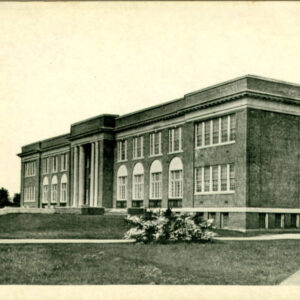 Arkansas State Normal School
Arkansas State Normal School
Entry Category: Faulkner
 Arkansas State Normal School
Arkansas State Normal School
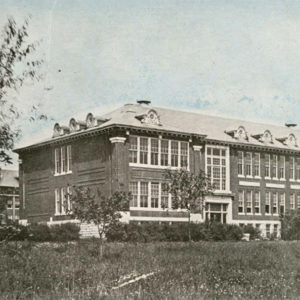 Arkansas State Teachers College
Arkansas State Teachers College
 Bachelor Hotel
Bachelor Hotel
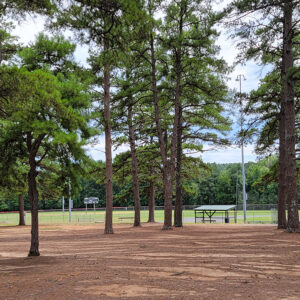 Beaverfork Ball Field
Beaverfork Ball Field
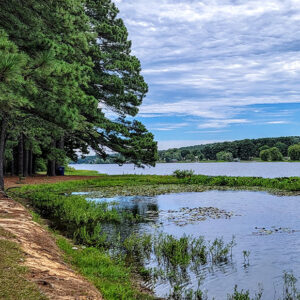 Beaverfork Lake
Beaverfork Lake
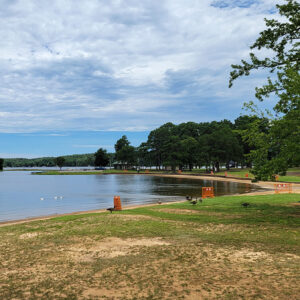 Beaverfork Lake Beach
Beaverfork Lake Beach
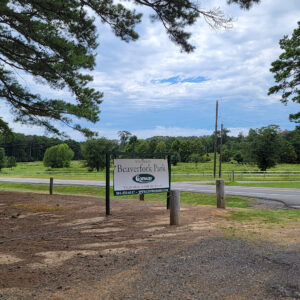 Beaverfork Park Entrance
Beaverfork Park Entrance
 Cadron Crest Strawberries
Cadron Crest Strawberries
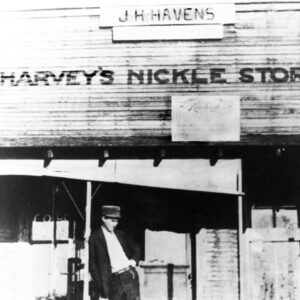 Cadron Gap Store
Cadron Gap Store
Cadron Settlement
aka: Cadron (Faulkner County)
 Cadron Settlement Park
Cadron Settlement Park
 Cadron Valley Cemetery
Cadron Valley Cemetery
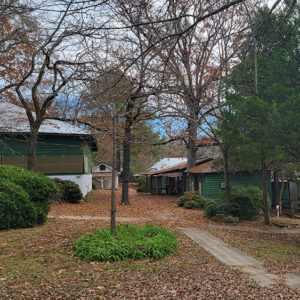 Christadelphian School
Christadelphian School
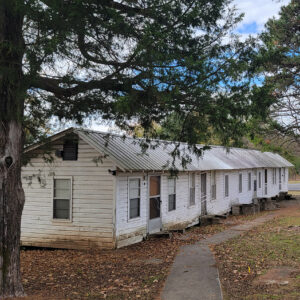 Christadelphian School Bungalows
Christadelphian School Bungalows
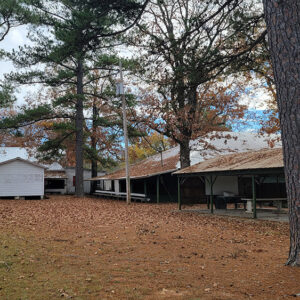 Christadelphian School Grounds
Christadelphian School Grounds
 Christadelphian School Playground
Christadelphian School Playground
Conway (Faulkner County)
 Conway Church
Conway Church
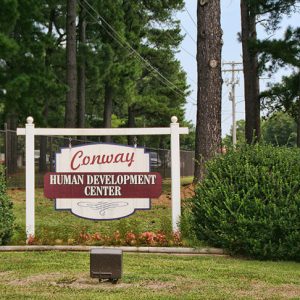 Conway Human Development Center Entrance
Conway Human Development Center Entrance
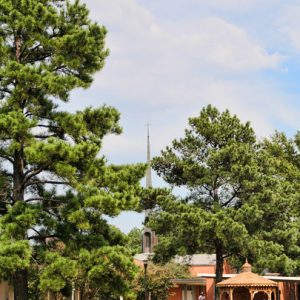 Conway Human Development Center Chapel
Conway Human Development Center Chapel
 Conway Laundry
Conway Laundry
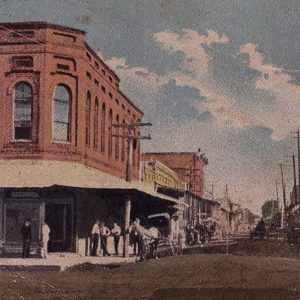 Conway Street Scene
Conway Street Scene
 Conway Street Scene
Conway Street Scene
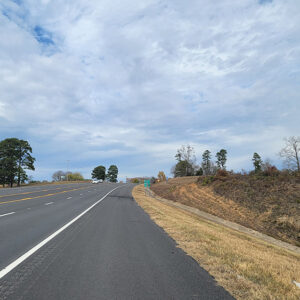 Entering Damascus
Entering Damascus
Damascus (Van Buren and Faulkner Counties)
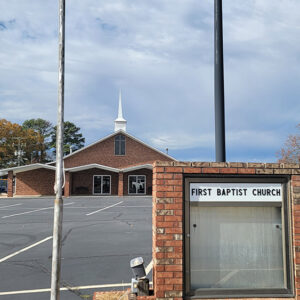 Damascus Church
Damascus Church
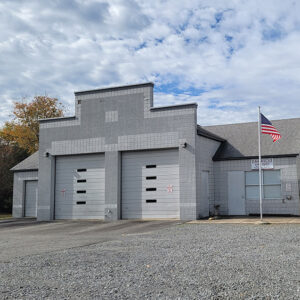 Damascus Fire Department
Damascus Fire Department
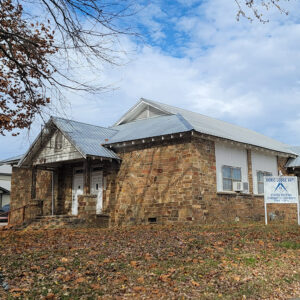 Damascus Masons
Damascus Masons
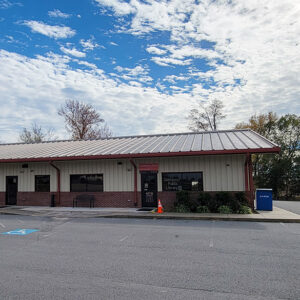 Damascus Municipal Building
Damascus Municipal Building
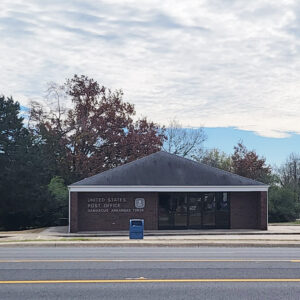 Damascus Post Office
Damascus Post Office
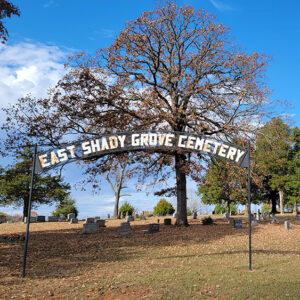 East Shady Grove Cemetery
East Shady Grove Cemetery
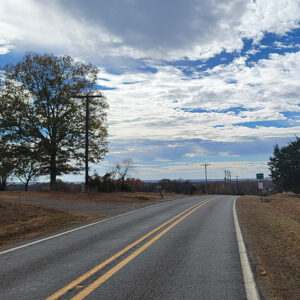 Entering Enola
Entering Enola
Enola (Faulkner County)
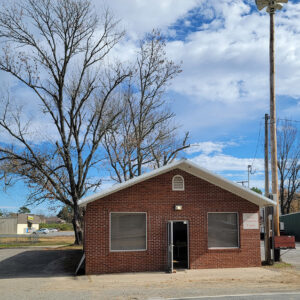 Enola Community Center
Enola Community Center
 Enola Fire Department
Enola Fire Department
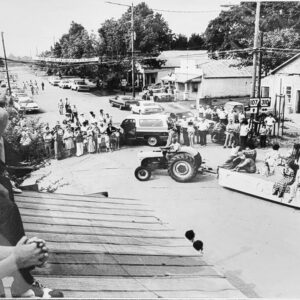 Enola Parade
Enola Parade
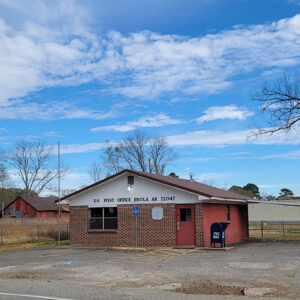 Enola Post Office
Enola Post Office
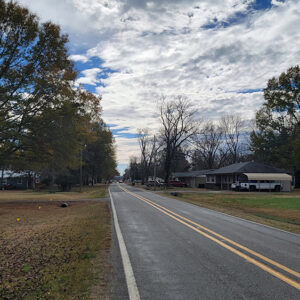 Enola Street Scene
Enola Street Scene
 Enola Street Scene
Enola Street Scene
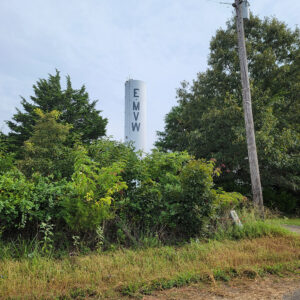 Enola/Mount Vernon Water Tower
Enola/Mount Vernon Water Tower
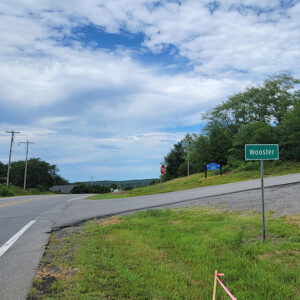 Entering Wooster
Entering Wooster
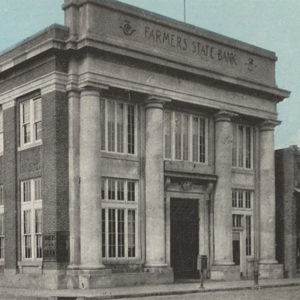 Farmers State Bank, Conway
Farmers State Bank, Conway
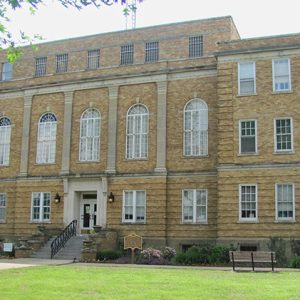 Faulkner County Courthouse
Faulkner County Courthouse
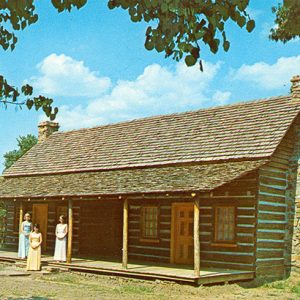 Greathouse Home
Greathouse Home
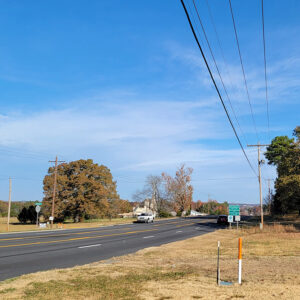 Entering Greenbrier
Entering Greenbrier
Greenbrier (Faulkner County)
 Greenbrier Fire Department
Greenbrier Fire Department
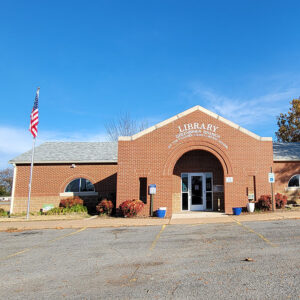 Greenbrier Library
Greenbrier Library
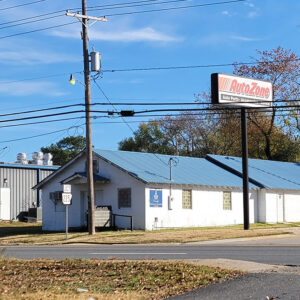 Greenbrier Masons
Greenbrier Masons
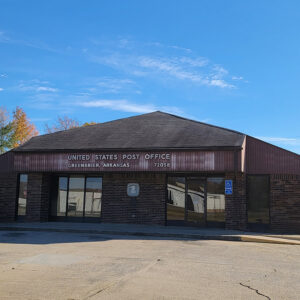 Greenbrier Post Office
Greenbrier Post Office




